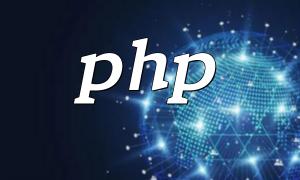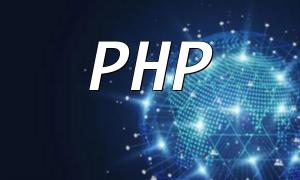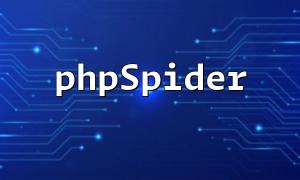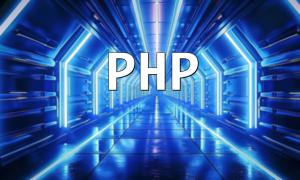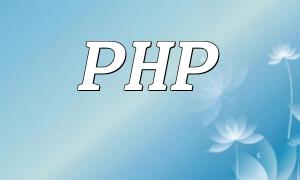PHP remains one of the most widely used server-side scripting languages in web development today. By using Dreamweaver (DW) for PHP development, developers can not only boost their productivity but also integrate search engine optimization (SEO) strategies right from the start. This guide explains how to align PHP coding with effective SEO techniques to enhance overall website performance.
The core goal of SEO is to improve a website’s visibility in search engine results. Whether you're managing a blog, business site, or CMS platform, adopting good SEO practices can significantly increase traffic. Key aspects include keyword research, content optimization, and technical performance enhancement.
Conducting keyword research before starting development is essential. By understanding what users are searching for, developers can structure the site and its content to target the most relevant phrases, improving the chances of ranking higher in search results.
Strategically placing keywords in your PHP code can help search engines better index your content. Below is an example of how to define a keyword variable for use in metadata:
$keywords = "DW PHP Development Guide, PHP Development, SEO Optimization";This variable can then be added to the tags on your pages to enhance keyword targeting.
Content quality plays a vital role in SEO success. Whether it's comments in your code, descriptive text on the page, or technical explanations, the content should be relevant, informative, and useful. While developing with DW and PHP, ensure your explanations and examples serve real user needs to increase your site's authority.
Using header tags like
While this version removes tags, in practical development, you should always add descriptive ALT text to any images. This improves accessibility and allows search engines to interpret visual content more effectively. DW makes it easy to manage these attributes.
Page speed is a crucial factor in SEO rankings. Optimizing how resources are loaded in your PHP scripts can reduce load times. Consider the following PHP snippet to control output buffering and load only essential resources:
// Start output buffering
ob_start();
// Include necessary resource files
include('header.php');
// End buffer and send output
ob_end_flush();Additionally, minimizing CSS and JS file sizes and deferring non-critical scripts can further improve performance.
With mobile users now forming a majority of internet traffic, responsive design is a non-negotiable standard. Using DW’s visual tools, developers can ensure their PHP-based sites work seamlessly across all screen sizes, improving user engagement and reducing bounce rates.
DW PHP development is more than just a way to write code—it's an opportunity to embed SEO strategy directly into your workflow. By focusing on keyword targeting, valuable content creation, and technical performance, developers can create PHP projects that not only function well but also perform competitively in search rankings. Start optimizing your site today using these principles to get ahead in the digital space.
